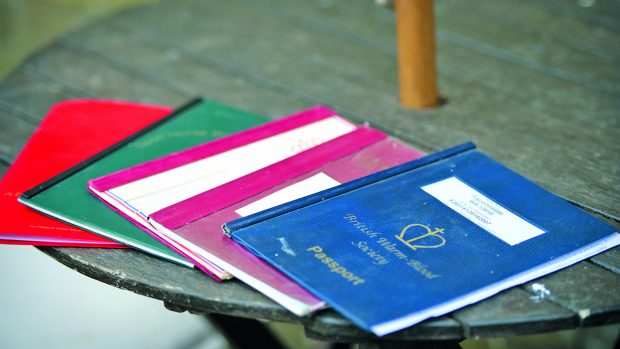A faster and cheaper method to test for horsemeat has been developed by scientists in Britain.
The new test — which takes just 10min — examines the chemical composition of the fat in meats, rather than the current method of analysing DNA.
The technique, which uses similar technology to a hospital MRI scanner, has been created as a joint project between the Institute of Food Research (IFR) and Oxford Instruments. The method has now been trialled in an industrial setting by a leading meat processor.
“It’s a stroke of luck that some of the most important meats turn out to have fat signatures that we can tell apart so easily with this method”, said the IFR’s Dr Kate Kemsley.
“It’s been very satisfying to see results from a real industrial setting sit right on top of those we generated in our two labs. We think this testing method should work well at key points in the supply chain, for example at meat wholesalers and processors.”
The horsemeat scandal last year exposed the vulnerability of the food market across Europe.
In September the European Union Standing Committee of the Food Chain and Animal Health announced changes to the equine identification system across the Continent to try to prevent horses illegally entering the food chain.
Under the new regulations every foal in Europe will have to be issued with a single passport and a unique identification number.
All horses born after 1 July 2009 will have to be microchipped so their records can be checked, updated and serve as a passport.
It will be compulsory for this information to be stored on a centralised database for all EU member states.
Despite these proposed changes and other developments across the industry, an inside source warned H&H that food fraud was still a serious problem.
It is hoped that the new test, if adopted, will make widespread testing a more affordable option.
Ref: Horse & Hound; 18 December 2014




